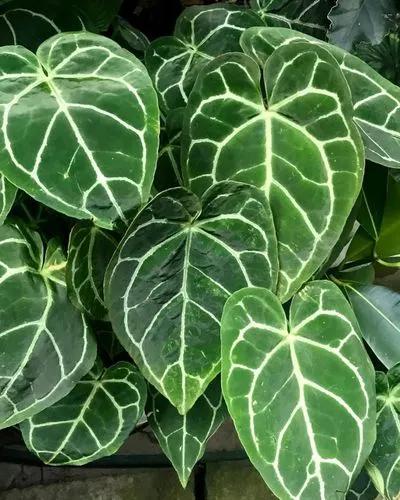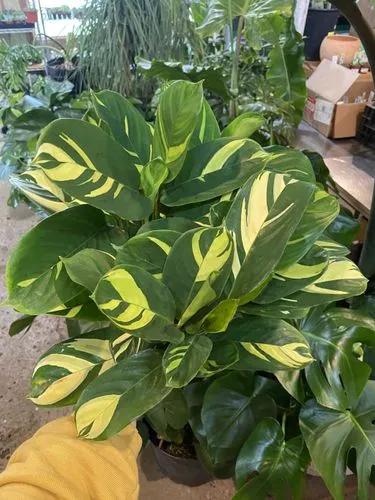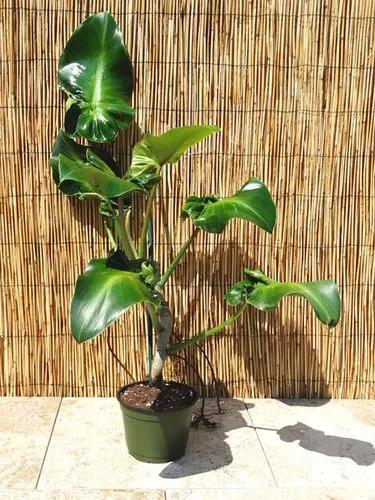Iresine herbstii, commonly known as Bloodleaf plants, are very eye-catching. They have dark red foliage with white or red veins. They aren't very demanding and are great plants for bringing some color into the house!
Iresine Bloodleaf Plant Care
Iresine herbstii



Iresine herbstii, with the common name Herbst's Bloodleaf, is a flowering plant from the Amaranthaceae family. It originates in the American tropical zone but can also be found in nature in Australia and the Antilles and Galapagos Islands. Iresines are perennials, but they are grown as annuals in colder climates. These are "warm house" plants and cannot tolerate lower temperatures or cold, dry air.
How to Care for the Plant

Water

Bloodleaf plants enjoy moist soil. If you own these plants, you must be careful not to overwater them. Always check the soil before pouring your green pet a drink, and let the top few inches (5 cm) dry. Water thoroughly, and let the excess liquid flow from the drainage holes. You can also cut back on watering during the winter.

Pruning

Bloodleaf plants don't require regular pruning, but it's always better to cut off damaged or wilted leaves. You can also remove the flowers, as they aren't showy, and the plant will use the energy to improve its foliage.

Fertilizer

You can help your green pet get lush foliage by feeding it with a high-nitrogen liquid fertilizer every 2-3 weeks during the growing season. Don't feed your Bloodleaf in winter, as the plant won't need many nutrients, and excess fertilizer might cause leaf burn.

Sunlight

In nature, Bloodleaf plants grow on the border of the forest, so they can tolerate various lighting situations. However, to maintain the vibrant foliage color, provide indirect bright light. Be cautious not to put Iresines near the windows, especially during winter.

Soil

If you plan on growing Iresine outdoors, provide rich and well-draining soil. You can always adjust it according to the plant's needs. If you decide to grow Bloodleaf indoors, use a loamy, soil-based potting mixture. Keep the pH in the range of 5.6-5.9.

Propagation

The best option for propagation is using fresh cuttings at the beginning of the season. Place the cutting in a warm and humid environment.

Temperature

These plants don't tolerate low temperatures. If you decide to grow them outdoors, be prepared to bring them inside during the winter. Bloodleaf needs at least 50-60˚F(10-15˚C) to live and prefers 65-80˚F (18-27˚C) to feel comfortable.

Container

The Bloodleaf plant's roots develop slowly, so the pot shouldn't be too big. The main requirement is drainage holes at the bottom. We also recommend repotting your Iresine yearly to allow the roots to develop fully.

Fun fact

Bloodleaf's foliage is not only beautiful but also helpful in healing wounds and preventing infection.

Popularity

3,245 people already have this plant 857 people have added this plant to their wishlists
Discover more plants with the list below
Popular articles






